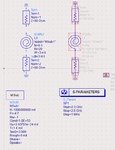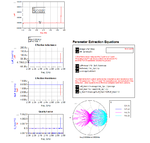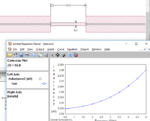pragash
Advanced Member level 2
im designing spiral inductor in ADS using passive circuit design guide. my question is what H (substrate thickness) should i set in the MSUB? Spiral should not have any ground plane underneath. due to this, shall i set the H to be the total H of the PCB since im placing the spiral on the top layer?
if im placing the spiral on the 2nd layer, shall i use the same MSUB and set the H to be the total H of the PCB minus the H of the top layer?
if im placing the spiral on the 2nd layer, shall i use the same MSUB and set the H to be the total H of the PCB minus the H of the top layer?







